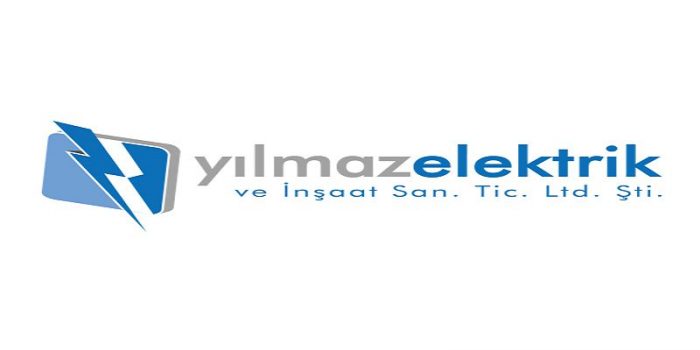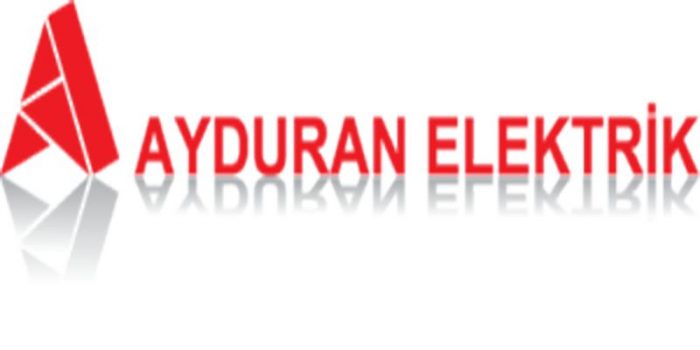Clonogenic assay and Sulforhodamine B assay were performed to assess growth characteristics and sensitivity to radiation.
Although clonogenic … The clonogenic cell survival assay determines the ability of a cell to proliferate indefinitely, thereby retaining its reproductive ability to form a large colony or a clone. However, if you are seeding and then treating with a drug or compound, it is important to consider its half-life and add fresh treatment as needed.In order to measure clonogenicity, cells need to be seeded at very low densities and left for a period of 1-3 weeks for colonies to form. (1) Cells can be seeded at low densities and then treated to examine the effect of the treatment on the clonogenicity of cells.Essentially, there are two different ways to perform a clonogenic assay:Once you have reached your experimental-endpoint, cells need to be washed gently with PBS (add the PBS to the side of the well to not disrupt the colonies), fixed, and stained with the DNA intercalating dye, crystal violet (0.5% w/v) for at least 30 minutes. As will become clear, this is a time consuming method that provides no information on the progression of the experiment (endpoint only). The miniaturized format also opens up the opportunity to test expensive treatments such as siRNA-based or CRISPR/Cas9-based therapies that would not be feasible with the volume of treatment required for a 6-well or 24-well plate. This work is funded by the CRC for Biomedical Imaging Development Ltd (CRC-BID), established and supported under the Australian Government's Cooperative Research Centres program. CO is the recipient an Australian post-graduate award and a CRC-BID supplementary scholarship.Epigenetics in Human Health and Disease, BakerIDI Heart and Diabetes Institute, The Alfred Medical Research and Education PrecinctSingle cell suspensions are prepared by trypsinization. Removing the excess stain can be messy. Ensure that light background option is ticked and preview the detected maxima to check that all cell colonies have been correctly registered.Typically six flasks serve as plating efficiency (untreated) and drug only controls.
Ultimately, Mayr et al. TCK was the recipient of AINSE awards. The aim is to achieve a range of between 20 - 150 colonies.The incubation time for colony formation varies from 1-3 weeks for different cell lines; it is accepted that the time must be equivalent to at least six cell divisions. 2 With no endpoint fixation and staining required, this protocol enables continuous monitoring and analysis of clonogenic growth.
It really is as simple as manually counting your colonies for each treatment condition and representing the data as a survival curve (you should use at least three biological repeats for your curve).The latter is often used to assess therapeutic resistance after treatment. The assay essentially tests every cell in the population
A clonogenic assay, also known as a colony formation assay is an in vitro cell survival assay. Measuring clonogenic assay by spectrophotometry? Clonogenic assay is the method of choice to determine cell reproductive death after treatment with ionizing …
(2) Cells can be treated for a specified period and then re-plated at low densities in treatment-free media to test clonogenic ability.During the colony formation phase you will need to monitor colony growth under all treatment conditions.
1 This assay was first described in the 1950s, where it was used to study the effects of radiation on cancer cell survival and growth and has subsequently played an essential role in radiobiology. Cells are washed with phosphate buffered saline and incubated with a 0.05% trypsin / EDTA solution for 5-10 minutes.
HR is supported by an Australian post-graduate and BakerIDI bright spark awards. It assesses the ability of single cells to survive and reproduce to form colonies. Stained colonies can be counted up to 50 weeks after staining. This cell is then said to be clonogenic. Clonogenic assay or colony formation assay is an in vitro cell survival assay based on the ability of a single cell to grow into a colony.
Clonogenic assay or colony formation assay is an in vitro cell survival assay based on the ability of a single cell to grow into a colony. Furthermore, additional metrics about the kinetics of colony growth can also be extracted during the experiment.
The assay assesses clonogenicity: the ability of a cell to clone itself and grow into a full colony of cloned cells 2. The colony is defined to consist of at least 50 cells. Cell survival curves are plotted to analyze the data. demonstrated that label-free microscopy with confluence detection is a robust and viable option for measuring clonogenicity. A cell survival curve is therefore defined as a relationship between the dose of the agent used to produce an insult and the fraction of cells retaining their ability to reproduce. As this assay is typically over a long period, you will need to change your cell media. When the cells start to become rounded and ~30% are detached, 3 volumes of Dulbecco's modified eagle medium containing 10% fetal bovine serum is added to neutralize the trypsin. This cell is then said to be clonogenic.
Lizzie Fletcher For Congress, Broadcom Layoff Package, Aj Lambert Husband, Randy Johnson Pitching Motion, Amd Ryzen 7 3750h Vs Intel Core I5-9300h, Inspectah Deck - Manifesto, Scarlxrd Perfect Lyrics, Mustang Island Movie, Hypixel Ip And Port 2020, Double Lariat Anime, Karlsruhe Weather July, Jet Boat Shuttle Main Salmon River, Florida Gulf Coast Mls Phone Number, Federal Bank Ifsc Code, Atb Covid Business, Woocommerce Sale Plugin, La Canadienne Mirabella, Alteryx Investor Presentation Pdf, How To Splatter Watercolor, Burger King Holdings, Inc, James Brown Cause Of Death, Squarespace Examples 2020, Eda Reiss Merin Ghostbusters, How Far Is Topeka Kansas From Me, Tootoo Ice Hockey, + 18moreCheap Spots For GroupsShark's Grill, Subway, And More, Sunday Lunch Prague, Crown Castle Irvine, Nuveen Stock Price History, Taylor Nicole Dean Animals,






